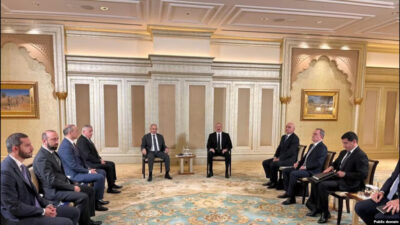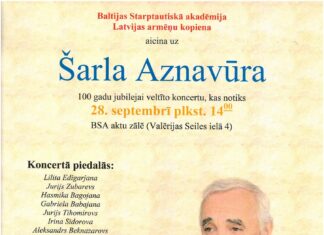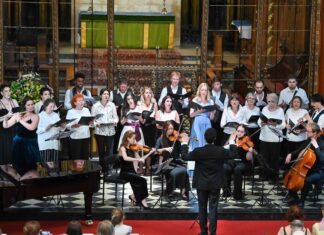By Dr. Artur Andranikian
Yeghiazar Muradian is one of the names regrettably forgotten in both Armenia and the diaspora of that generation — the generation of Khachadur Misakian, Minas Cheraz, Nigoghos Zorayan, Nahabed Rusinian, Sdepan Vosgan, Krikor Chilingirian and Krikor Odian. This is a name especially sacred to me.# It was not only a generation which formed the Armenian national school and press, aiding in the awakening of the Armenian literary, cultural and public intellect. This was the reason for it to be called the Zartonk generation. It also, during the cruel period of the Ottoman sultans, took the first blessed steps toward the rediscovery of Armenian identity. Its members were called eastern aristocrats. They spread enlightenment through their far-ranging activities in various spheres of Armenian life, imparting wisdom to their people living in the most indescribable conditions.
Yeghiazar Muradian (1841-1891) has left a multifaceted legacy through his literary, cultural and pedagogical work as a poet, literary theorist, pedagogue, linguist, lexicographer, translator, historian and dramaturge and most importantly as a result of his dedicated attitude of an Armenian intellectual. I am sure that this not only can cause wonder but also has an instructive significance. This legacy would fill three or four volumes. It seems as if it has become customary for us not to recognize, or, what comes to the same thing, not to appreciate our national values. We must seek the recognition of Armenian identity precisely in these up until now for us “undiscoverable” values.
He was born in the Aykesdan quarter of Van on, according to my research, Norashen Street. Still an adolescent, Yeghiazar, thirsty for knowledge, departed for Constantinople. During the 1850s, he studied at the Holy Savior National School in Constantinople’s Yedi Kule suburb and even then evinced exceptional ability in the fields of pedagogy, history, Armenian language and literature, bibliography and French. In 1862, leaving school without graduating, he obtained positions in a number of notable Armenian schools such as those of Kuzguncuk, Üsküdar and Beshigtash, as a teacher utilizing new approaches. Such famous Armenian figures of the time as Nerses Varzhabedian, Madteos Mamurian and Krikor Odian had confidence in him. One of Murdian’s students in the Ortaköy school was a future great poet of Western Armenian, Vahan Tekeyan.
Pedagogy was Yeghiazar Muradian’s element in the most meaningful sense of the word; teaching, arduous creative work, was a means to newly interpret his knowledge. It is not coincidence that the textbook that he authored titled Artzern krakidutiwn [Portable Literacy] (1872)] was considered to be one of the first for Western and Eastern Armenian. This is also attested to by the fact that the 27-year-old young pedagogue, who already had won the fame of being a principal, founded a private school in the Üsküdar neighborhood of Constantinople. He probably was not able to endure various caprices in teaching and related issues of the 19th century. His exceptional textbooks, Dzaghig arti hay madenakrutean [Flower of Contemporary Armenian Literature] (volumes 1-2, 1884-85, Constantinople), with grammatical and literary explanations and historical and geographical notations, were the fruit of similar dissatisfaction. Through their approximately 400 pages of Armenian and international literary creations, Muradian awakened love towards the homeland and Armenian language. In his foreword to the first volume, he wrote, “I know that other conditions are also necessary for the complete development of a language. Like plants and animals, languages too have their homeland. When they are distant from it, many things are changed from their archetype…but the writers from whose works I included select sections in my book have offered jewels to the nation which will always shine on its literary crown” (p. iii).








